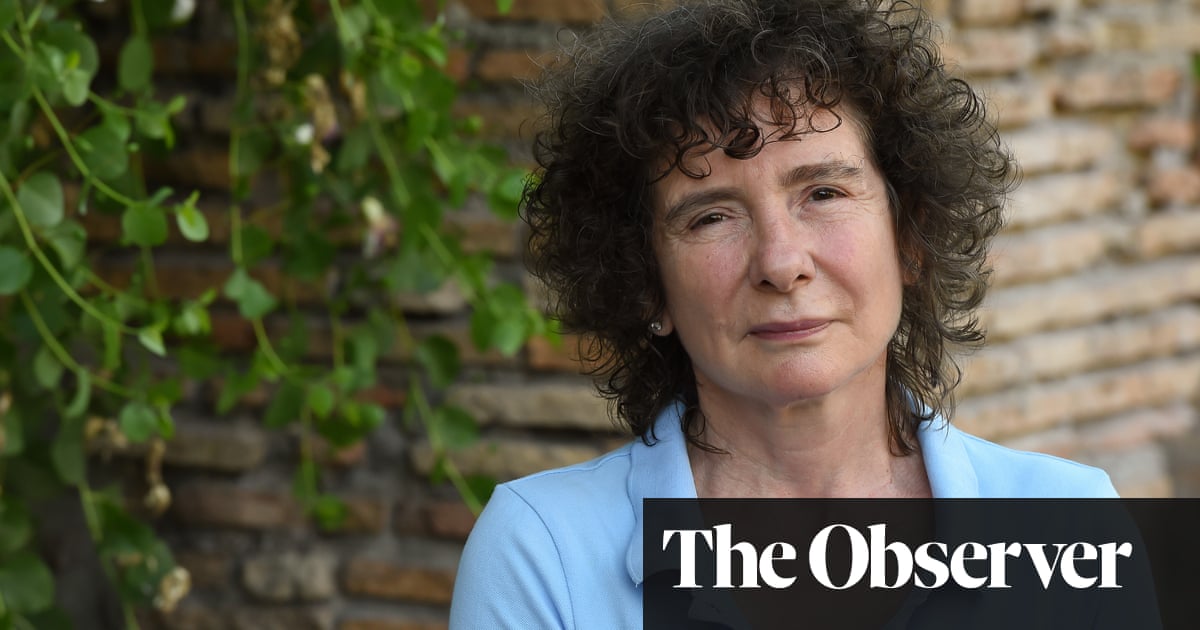
n arresting image in the opening of The Seven Streams of The River Ota features a girl blinded by the destruction of Hiroshima in 1945. She stands against a backdrop of blazing red sky and says: “I saw the final flame. The flame of the end of the world.” If Robert Lepage’s seven-hour play begins with doomy premonitions of end times, it takes us to unexpected places in its portrait of human resilience in the face of large-scale historical trauma, which begins with the dropping of the atomic bomb. If Hiroshima is “a city of death and destruction, it is also a city of rebirth and survival”, we are told, and it feels like a message of hope for our own anxious times.
Directed by Lepage and staged by Ex Machina, the drama was originally produced in 1994 (that version was a mere three hours). This iteration opened in 1996 and is back on the 75th anniversary of Hiroshima.
Advertisement
Seven interconnecting stories take us around the world (New York, Osaka, Amsterdam, Nazi-occupied Terezín) and across half a century. Trauma unites the strands: the generational fallout of Hiroshima, Aids, the Holocaust. The original source for the diverging plotlines is a Madame Butterfly-style love affair between an American army photographer documenting the damage in Hiroshima and a Japanese woman whose face we never see but are told has been disfigured by war.
The scale of the imagination and ideas in this production is panoramic and engineered to dazzle, it seems. Its staging combines traditional Japanese music and dance with farce, mime, opera, silent film tropes, clowning and video installation. It ought to feel like a surfeit of forms, but because of its pacing – slow or silent scenes last minutes at a time – it is elegant rather than excessive. It is all the more an achievement in that it manages to contain a sense of the vast and epic while also building a surprising level of intimacy and emotional depth.
An assisted suicide comes in the middle of the play; Jeffrey (Christian Essiambre) is a central character who has Aids and his deathbed scene is unrushed and unbearably tragic. The drama at Theresienstadt concentration camp is staged as if it is taking place inside an infinity of mirrors, and its mother-daughter storyline has the look and feel of a macabre fairytale.
The Seven Streams of the River Ota.
Facebook Twitter Pinterest
Macabre fairytale … The Seven Streams of the River Ota. Photograph: Elias Djemil-Matassov
Carl Fillon and Ariane Sauvé’s stage designs blaze with imagination, too. The sets are protean and change within a heartbeat, sometimes with humour: an Amsterdam red-light district collapses into a sterile war library; an opaque house full of sliding doors in Hiroshima becomes a New York tenement block featuring bohemians in their underpants, and back-screens are torn apart to reveal different times and places.
It is a shock when the cast of 13 (including three children) emerges for its final bow because the production creates the illusion of theatre on a grand scale. Essiambre and Rebecca Blankenship are especially strong performers (the latter has a sensational operatic voice, too), but as an ensemble they are all striking in their parts, and even peripheral characters are well realised.
It is not without flaws, though; some plotlines feel less tethered, especially a section about a pregnant actress, which is the longest scene in the play. The last hour becomes slightly mannered and overly symbolic, and not all its strands come together, so that it feels – maybe intentionally – like an intricate jigsaw puzzle with parts missing.
Yet it performs a seduction so complete that these flaws do not mar the pleasure of the production. Lepage has spoken of the play as a marathon for its audience, but no part feels gruelling. It is ravishing “event theatre” that pushes at the boundaries of theatrical possibility and it should not be missed.












